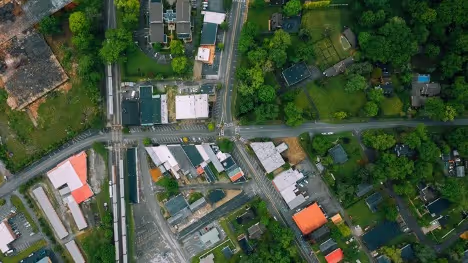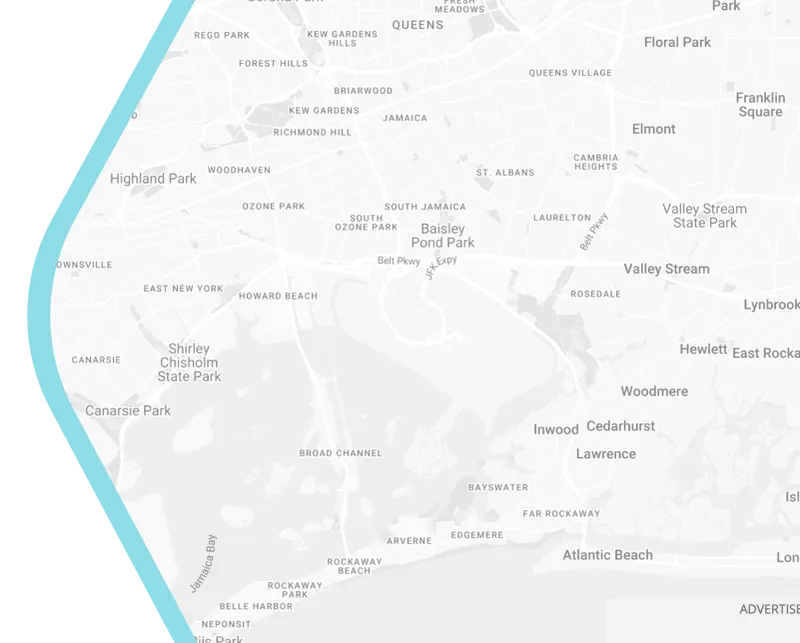
Habits of Policy Enterpreneurs
Policy Entrepreneurs are groups or individuals that can map the dynamics of the governance structure related to smart cities that become the communicator and facilitator between stakeholders that ensure that successful implementation of a certain policy agenda, including in the smart city development.































